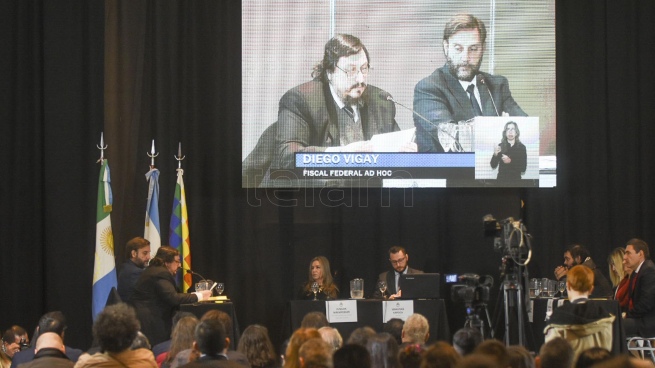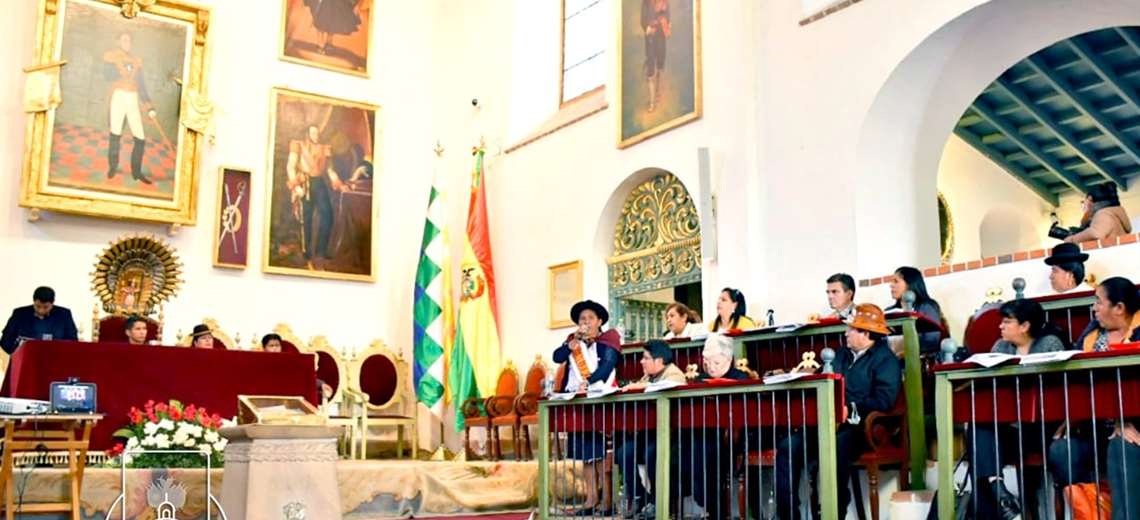Napalí, in the indigenous language, means “place of the dead”. It was prescient to name this, in 1921, a site located 120 kilometers from the Chaco capital, inhabited by two communities of native peoples – the Qom (formerly Tobas) and the Mocoiqt (formerly Mocovíes) -, dedicated to cotton production.
There they worked in conditions of semi-slavery. They lived cramped and cramped, with little and bad food, without health care or schools. They were paid little and with vouchers. The profit went to the bosses, landowners in the area.
So much mistreatment and exploitation led the communities to go on strike. Around 1,000 people were starring in it when the radical governor Fernando Centeno -appointed by President Marcelo T. de Alvear because Chaco at that time was national territory-, ordered that they be bloodily repressed.
This happened on July 19, 1924 and consisted, plain and simple, in the killing of about half of the strikers, among whom were boys and girls. A hundred policemen and gendarmes, plus some armed civilians, riding horses, established themselves at a distance close to the workers’ camp, and from there they fired their rifles for an uninterrupted hour. The wounded were then mutilated and the corpses put on display, eventually buried in mass graves. Everything obeyed a well-coordinated plan, in which there was no lack of logistical support from an Argentine Army plane, later donated by this force to the Chaco Flying Club.
The massacre was programmed and committed by the State and was a systematic attack on a civilian population, which makes it a crime against humanity, and therefore does not prescribe. You can judge even if a long time has passed.
The Napalpí Massacre was thoroughly investigated by historian Juan Chico, the grandson of a victim. With many pieces of evidence, in 2004 the Institute of the Aboriginal Chaqueño initiated a lawsuit against the State requesting, among other measures, that the truth be known, that it apologize for what happened and that a commitment be made to avoid its repetition.
Last week, almost a century later, the Resistance Federal Court issued a sentence. In it he affirmed that “the Argentine National State was responsible for the planning, execution and cover-up process in the commission of the crime of aggravated homicide with cruelty and with impulse of brutal perversity, in reiteration of facts, for which between 400 and 500 people from the Moqoit and Qom peoples in the Napalpí Indian Reduction located in the National Territory of Chaco”.
He added that “the Napalpí Massacre is a crime against humanity, committed within the framework of a process of genocide against indigenous peoples.”
The qualification of “genocide” exposed in the judicial sentence means that the State, criminally, decided and carried out the elimination of a sector of its population. That elimination – and the official silence that followed – attempted to destroy the identity of the oppressed in order to impose in its place the identity of the oppressor. Genocide is therefore the most serious crime that can be identified in the international legal order.
Those responsible for the massacre are not alive and therefore there will be no punishment, but perhaps this is the least important thing
Among other reparation measures, the recent court ruling resolved: “To order the Ministry of Education of the Nation to include within the curricular designs at the national level at the primary, secondary, tertiary and university levels the study of the facts proven in the present judgment”; “order the Ministry of Security of the Nation and of the province of Chaco to incorporate a module on respect for the Human Rights of indigenous peoples into the instruction and training of federal and provincial forces.”
And “to urge the national State to implement a Plan of Specific Public Policies of Historical Reparation for the Qom and Moqoit peoples and to strengthen public policies for the prevention and eradication of hatred, racism, discrimination and xenophobia, guaranteeing the perspective of indigenous peoples in health, educational and cultural fields, all with prior consultation with the communities”.
98 years after the events, the state strategy of building an official history in order to deny and cover up the massacre fell. Today we must look with shame at the official press of the time, which reproduced the expressions of the police reports; to the Chaco Judiciary that was nourished by the version of the officials and did not listen to the story of a single indigenous person; to the pro-government legislators who obstructed the formation of an Investigative Commission.
Those responsible for the massacre are not alive and therefore there will be no sanction, but perhaps this is the least important thing. The right to truth has triumphed. The memory of what happened, stoically sustained by the descendants of the victims, allowed this result.








